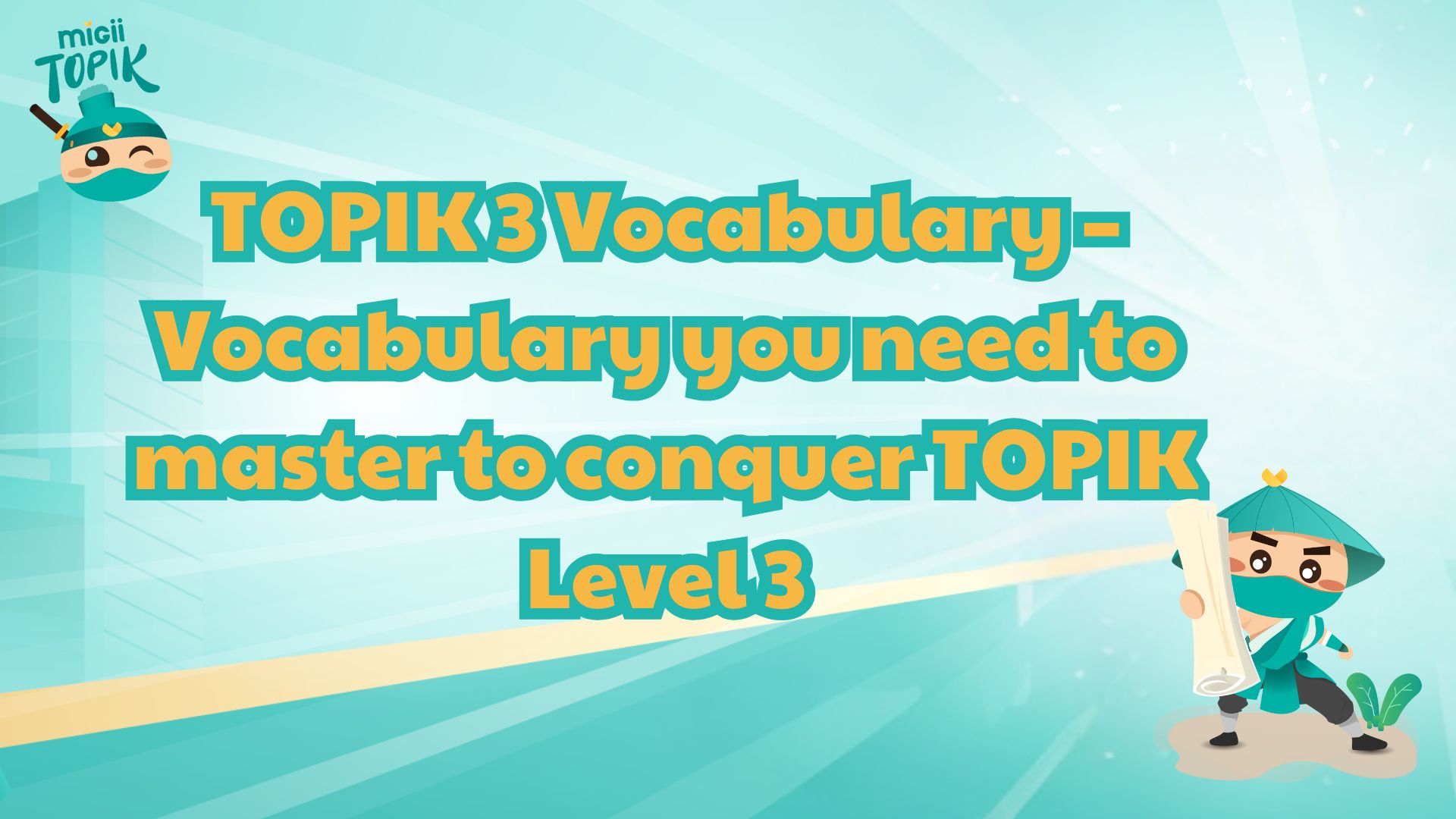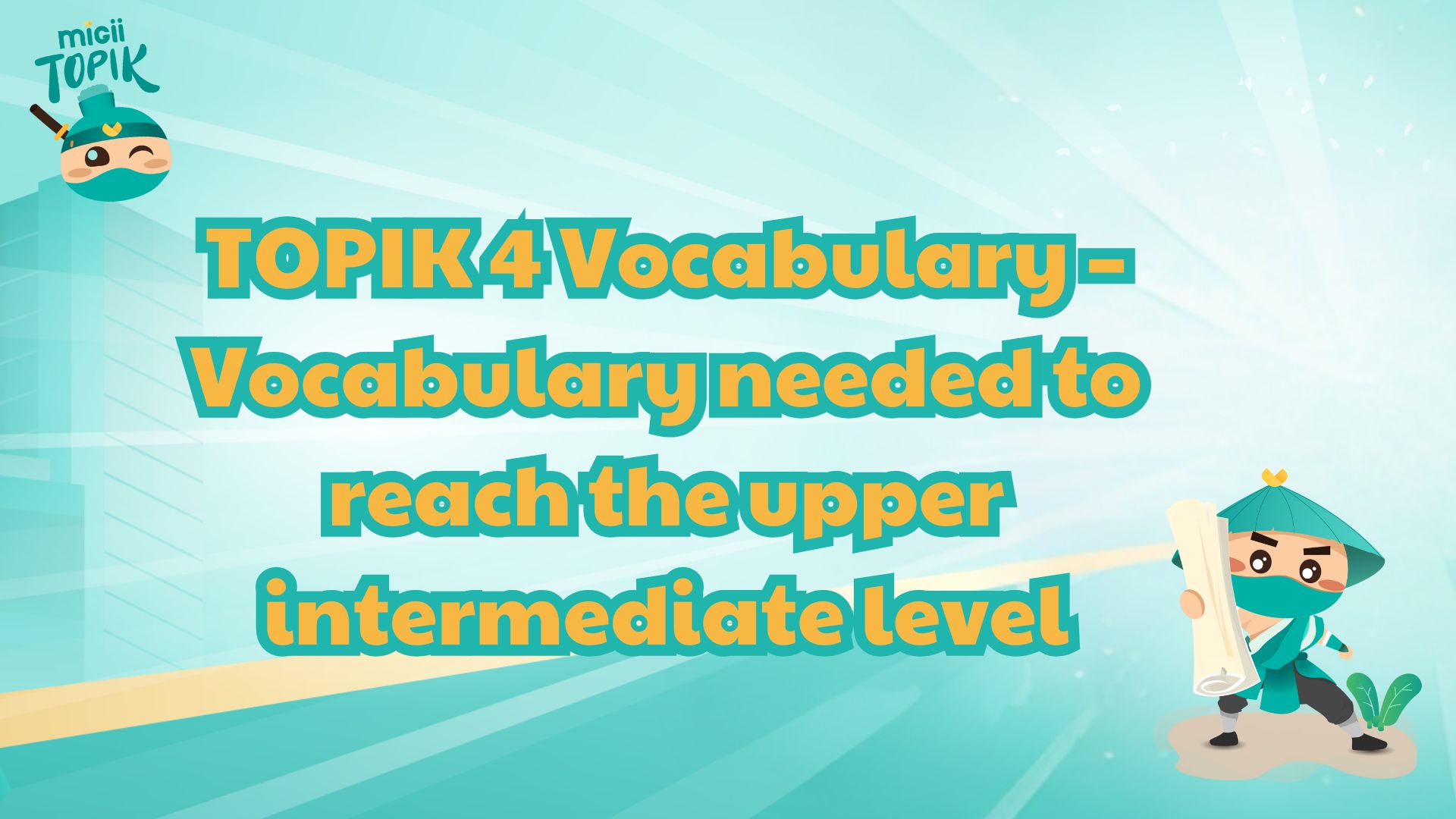Are you preparing for the JLPT N3 and wondering how to effectively learn kanji for JLPT N3? At this intermediate level, kanji knowledge becomes more challenging and crucial for passing the reading and vocabulary sections of the exam. That’s why it’s essential to follow a well-structured approach with the right resources.
Migii provides a wide range of study materials, including a full JLPT kanji list N3, example-based learning, and free PDF downloads to help learners master over 650 kanji required for N3. Whether you're transitioning from N4 or starting your N3 journey, the tools and tips below will help you build confidence step by step.
Kanji for JLPT N3
How Many Kanji for JLPT N3?
If you're preparing for the JLPT N3 and wondering, "How many kanji in JLPT N3?" or "How many kanji JLPT N3 requires?" The most widely accepted answer is around 650 kanji characters.
This is a significant step up from the 300 kanji required at the N4 level and represents your transition from beginner to intermediate Japanese proficiency. While the JLPT does not publish an official kanji list, most reputable textbooks, prep apps, and Japanese language schools agree that 650 is the average number of kanji you’ll need to know to confidently pass JLPT N3.
Understanding the scope of kanji used in JLPT N3 is essential to pacing your study plan, building effective flashcard systems, and practicing kanji recognition in context. These characters aren’t chosen at random; each one is practically relevant and appears frequently in everyday reading materials such as menus, train schedules, simple news articles, instructions, work documents, and advertisements.
To give you a sense of what’s included in the N3 JLPT kanji list, here are some of the thematic areas and sample kanji you’ll likely encounter:
Time and Frequency
These kanji are commonly used in dates, days of the week, schedules, and routine expressions.
- 曜 (day of the week)
- 週 (week)
- 毎 (every)
These appear often in calendar phrases like 毎週 (every week) or 月曜日 (Monday).
Emotions and Feelings
Intermediate learners must begin to express inner states and understand more nuanced messages.
- 楽 (fun, comfort)
- 忙 (busy)
- 怒 (anger)
These are useful in conversations and reading scenarios related to work, mood, or relationships.
Travel and Transportation
As you’ll likely navigate travel scenarios in N3 reading questions, transport-related kanji are essential.
- 駅 (station)
- 地 (earth/place – as in 地下鉄: subway)
- 鉄 (iron – also in 鉄道: railway)
Mastering these helps you understand travel announcements, signs, and schedules.
Work and Daily Routines
Words used in workplace or school environments are increasingly common in JLPT N3 reading passages.
- 会 (meeting, company)
- 仕 (to serve – part of 仕事: work)
- 勉 (effort – part of 勉強: study)
These characters support practical vocabulary for professional and educational conversations.
As you can see, each kanji in the JLPT N3 list has real-life application and shows up frequently in written and spoken Japanese. You're not just memorizing symbols, you're learning tools to unlock meaning across various situations.
How many kanji for JLPT N3
Free Resources for JLPT N3 Kanji Learning
When preparing for the JLPT N3, having access to quality resources can make a world of difference in how efficiently and effectively you retain new kanji. That’s why Migii curates a collection of reliable and practical study materials tailored specifically for JLPT learners. These resources are not only designed to help you memorize the kanji for JLPT N3, but also to understand their usage in real-life communication, a crucial part of passing the reading and vocabulary sections of the test.
JLPT N3 Kanji List PDF (650+ Words)
One of the most helpful tools you can start with is a JLPT N3 kanji list PDF that covers over 650 essential characters. This comprehensive document is perfect for learners who want to structure their study by week or topic. Each entry includes:
- The kanji character
- Hiragana reading (so you can pronounce the word correctly)
- English translation for easy comprehension
- Example usage in grammar or vocabulary contexts
Whether you prefer to print it out for annotations or study digitally, this JLPT N3 kanji list in PDF format is an essential tool for independent learners. It allows you to track your progress, create flashcards, and plan consistent weekly goals all while staying aligned with what the JLPT N3 level expects.
Download Link: JLPT N3 Kanji List PDF by Migii JLPT
Kanji N3 Tema Tempat (Theme: Places)
This resource organizes kanji into categories based on places such as school, office, station, city, and home helping learners remember characters by associating them with real-world settings. It supports thematic memorization, which is more natural and effective than rote list learning.
For example, you’ll learn characters like:
- 学 (school)
- 駅 (station)
- 家 (home)
- 店 (shop)
- 会 (meeting, company)
By grouping the JLPT N3 kanji list into topics, this material makes it easier to visualize how the kanji are used in daily Japanese life, which is excellent for exam preparation and general fluency.
Download Link: Kanji N3 Tema Tempat PDF by Migii JLPT
Kanji N3 Tema Waktu (Theme: Time)
This resource focuses on kanji related to time and frequency, one of the most commonly tested themes in JLPT reading and listening sections. If you’re looking for targeted JLPT N3 kanji practice around time-based expressions, this is the perfect supplement.
It includes kanji such as:
- 曜 (day of the week)
- 週 (week)
- 昨 (previous)
- 今 (now)
- 午 (noon)
These kanji appear frequently in test questions that describe schedules, habits, timelines, and past or future events. This resource helps reinforce your ability to read and understand time-related kanji within practical sentence structures.
Download Link: Kanji N3 Tema Waktu PDF by Migii JLPT
Kanji Look and Learn
“Kanji Look and Learn” is one of the most user-friendly and visual resources for learning kanji for JLPT N3. Developed by the Japan Times, this book combines simple illustrations with example sentences, helping you remember kanji through storytelling and association.
Key benefits include:
- Over 500 illustrated kanji, with many overlapping with JLPT N3 requirements
- Vocabulary examples using each kanji in context
- Practice sections that reinforce recognition and sentence application
- Explanations for both On-yomi (Chinese readings) and Kun-yomi (native Japanese readings)
If you struggle to memorize kanji using dry, repetitive drills, Kanji Look and Learn offers an engaging alternative that builds long-term memory through visual and contextual reinforcement.
Download Link: Kanji Look and Learn PDF by Migii JLPT
By combining these resources a detailed JLPT N3 kanji list PDF, themed kanji study guides like Tema Tempat and Tema Waktu, and visual books like Kanji Look and Learn you can approach your JLPT N3 kanji practice from multiple angles. This not only strengthens your ability to recognize and recall kanji on the exam but also prepares you to use them confidently in everyday Japanese communication.
Free resources for JLPT N3 Kanji learning
Tips for Learning JLPT N3 Kanji Effectively
Studying kanji for JLPT N3 doesn’t have to be overwhelming. Here are proven methods that many learners use successfully with Migii:
Group Kanji by Theme or Radicals
Learning kanji in related sets (e.g., 人, 体, 休 for body and person-related concepts) improves memorization.
Use Visual Mnemonics
Link abstract kanji with visuals or stories to make them memorable. For instance, 電 (electricity) can be imagined as clouds and lightning, helping you recall 電車 (train).
Write Kanji Regularly
Writing kanji helps reinforce stroke order and retention. Focus on commonly confused kanji in the N3 set.
Use Kanji in Contextual Sentences
Avoid memorizing kanji in isolation. Instead, use them in basic sentence structures:
- 来週、会社に行きます。 (I will go to the office next week.)
- 新しい駅はとても便利です。 (The new station is very convenient.)
By applying kanji in context, you retain both meaning and usage more effectively.
Tips for learning JLPT N3 Kanji effectively
Conclusion
The journey to mastering kanji for JLPT N3 is challenging but entirely achievable with the right strategy and resources. Now that you know how many kanji JLPT N3 includes and have access to study materials like the JLPT N3 kanji list, textbooks, and PDFs, it’s time to build your plan and start practicing.
Migii is here to support your JLPT journey with structured study tools, downloadable resources, and learning tips tailored to every level. Begin mastering the JLPT N3 kanji list today, and take one confident step closer to passing the exam.








